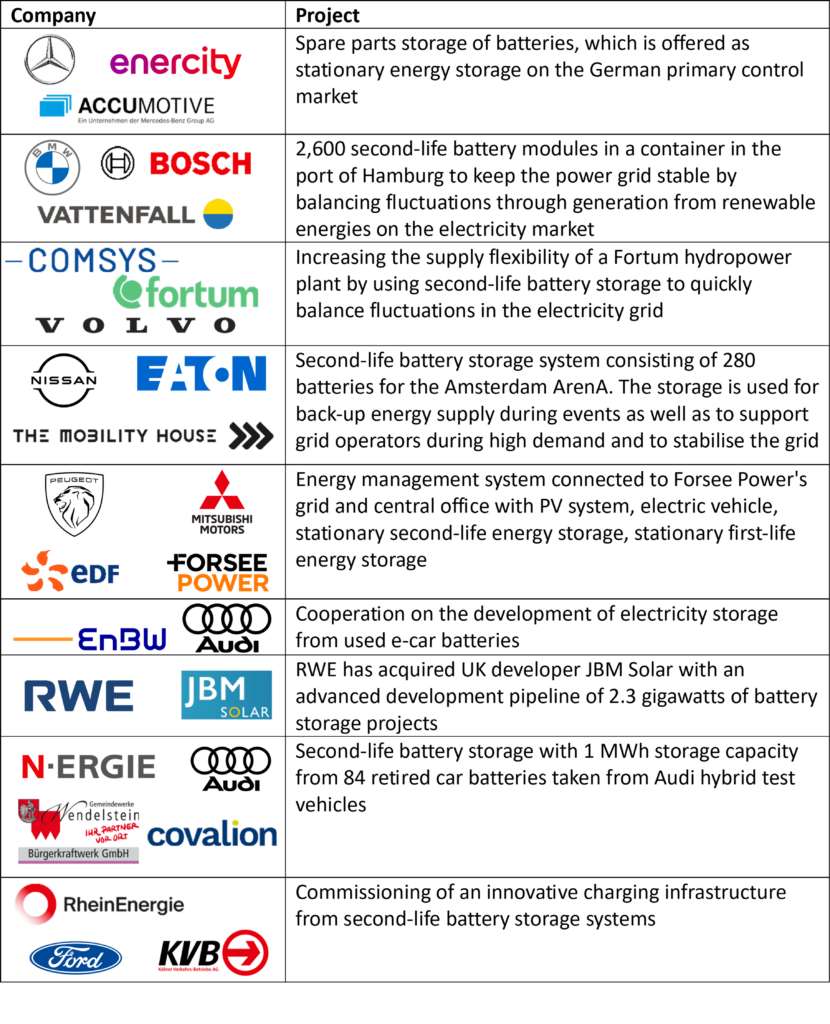- Home
- News & Insights
- Energy | Market for Battery storage systems
Energy | Market for Battery storage systems
The advancing energy transition is bringing battery storage systems more and more into focus. Various trends are responsible for this:
- Electrification of means of transport
- Increasing use of renewable energies
- Lithium-ion batteries (LIBs) are becoming cheaper and more powerful
- Upgrading of (distribution) grids/ development towards smart grids
- Regulation
- EU-wide ban on the sale of internal combustion engines in vehicles as of 2035
- EU-requirements for the recycling of batteries at the end of their life cycle
In order to meet the increasing demand for batteries and battery energy storage systems, the establishment of a circular economy plays a significant role. This is not only about resource conservation and sustainability, but also about the danger of a lack of availability of elementary raw materials, especially lithium.
If you take a closer look at the car manufacturers, you will find OEMs that have started to produce batteries for their vehicles themselves; others are cooperating with battery manufacturers. More battery manufacturers are setting up shop in Germany. Obviously, the vehicle manufacturers want to have as direct access as possible to this essential component of electromobility.
At the end of the first use phase (after eight to ten years, perhaps even longer in the future), the manufacturer is obliged to take back the battery. Then, with a resource-conserving approach, the so-called second life of the battery would begin. Often the batteries still have a storage capacity of 80% after they have completed their service in the vehicle. Reuse, remanufacturing – both depending on the state of health (SoH) of the battery – are possible options for this stage of life, in addition to recycling, i.e. disassembly into individual components or raw materials and reuse of the same, which always takes place at the end of the service life:
- Smoothing of load peaks for large consumers through larger, interconnected units.
- Use of gensets – even brand new ones – as providers of balancing energy.
- Use as buffer storage.
Potential partners for the automotive industry include energy suppliers on the one hand and companies that have established themselves along the value chain of batteries on the other.
From the point of view of the utilities, battery storage systems offer the following advantages in addition to or in addition to the above:
- Stabilisation of the grid and improved quality of supply regardless of the source of electricity
- Reducing price fluctuations, dampening electricity prices during peak load and enabling consumers to adapt their electricity consumption to different price and demand situations
- Supporting the expansion of electric cars, combined with the possibility of using their storage for grid stabilisation, as well as smart home applications.
There are already cooperations here, among others:

The dynamic development of this market is (also) reflected in the large number of newly emerging companies:

Even if the various possible uses of former vehicle batteries will perhaps only reach an industrially usable and thus profitable volume in a few years, the course is already being set today. Valuable experience is now being gained in the above-mentioned projects, among others, which will then represent a competitive advantage when the market ramp-up really takes hold.
